Blog
What is a wrongful termination
A wrongful termination happens when an employer fires an employee for an illegal reason, including in violation of a statute like FEHA, or in violation of public policy. California has further requirements when bringing such a lawsuit or claim that you should be aware of before you pursue legal action.
How does at-will employment status impact wrongful termination cases?
At-Will Employees Versus Employment Contracts
California law requires that such a claim or lawsuit be brought only by an employee—a worker under the supervision, direction, or control of the employer—as opposed to an independent contractor.[1] Additionally, under California Labor Code § 2922, most employer-employee relationships in California are considered to be “at-will” unless specified by your employment contract. Employers are allowed to fire at-will employees for any reason, be they arbitrary, even if the employee is performing well, so long as those reasons are not unlawful. [2]
For employees who are not at-will, employment contracts can limit the terms of employment relationships. Some contracts may have limitations on termination, including delineating a specific time period for the employment or requiring that termination be for “good cause”. In such cases, termination is lawful if the employer can prove:
- A willful breach of duty by the employee
- Habitual neglect of the employee’s duty by the employee; or
- Continued incapacity to perform employment duties (Labor Code, § 2924)
What are unlawful reasons to terminate someone
Unlawful reasons for termination can include termination:
- On the basis of protected characteristics such as race, gender, sexual orientation, religion, age or disability (FEHA; CA Code 12940).
- For reporting a violation of the law, taking legally-entitled time off, or whistleblowing activities
- For reasons that violate public policy (Labor Code, §§ 96, 98.6).
For more information on FEHA, immigration-based discrimination, harassment, and retaliation, see other informational posts on the Browne Employment Lawyers website.
How does a constructive discharge or constructive termination impact any wrongful termination claim?
Although employees generally cannot bring wrongful termination lawsuits if they voluntarily resign or quit, California offers protections where an employer’s action forces it. A “constructive discharge” is where an employer creates a work environment that is so intolerable that any reasonable employee would find no other alternative but to quit or resign.[3] While this rule cannot be used in deciding whether to leave your current position, it is relevant in a situation where you already have left your job and are seeking legal recourse.
How Browne Employment Lawyers’s wrongful termination lawyers can help
If you have experienced a wrongful termination, Browne Employment Lawyers is available for free consultations to investigate and determine whether we can offer to represent you. To begin this process, please get in touch with us by calling or texting 800-421-2594 or emailing team@browneemploymentlawyers.com.
While not required for an initial consultation, it is helpful to prepare in advance:
The specific facts and any records about the incident(s), including the name and contact information of the person or entity you believe harmed you (if known);
The names and contact information of any witnesses (if known); and
Copies of any documents or other evidence related to your situation.

